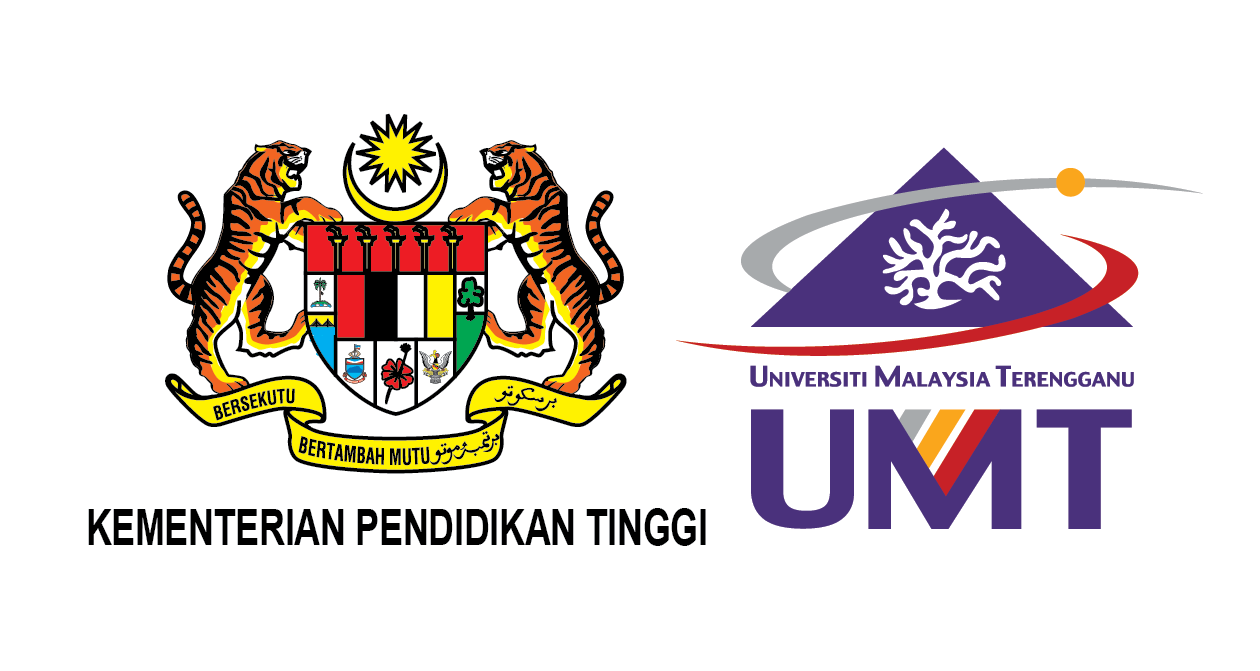Please use this identifier to cite or link to this item:
http://umt-ir.umt.edu.my:8080/handle/123456789/7147Full metadata record
| DC Field | Value | Language |
|---|---|---|
| dc.contributor.author | SYARIFAH NOORMAISARAH TUAN BESAR | - |
| dc.contributor.author | NOOR AZHAR MOHAMED SHAZILI | - |
| dc.contributor.author | SITI AISHAH ABDULLAH | - |
| dc.date.accessioned | 2017-10-05T02:20:03Z | - |
| dc.date.available | 2017-10-05T02:20:03Z | - |
| dc.date.issued | 2008 | - |
| dc.identifier.uri | http://hdl.handle.net/123456789/7147 | - |
| dc.description.abstract | The aims of this study were: (i) to determine the content of copper and cadmium into seagrass Halodule pinifolia and Halophila minor from the Setiu Wetland and Setiu River estuary, Terengganu and (ii) to study the bioaccumulation response of the seagrass towards the metals. The contents of the two metals in leaves and root-rhizomes of the seagrasses collected from the feld study samples were determined. in laboratory experiments, the two seagrass were exposed to sediments spiked with four different concentrations of copper (56.44 µg/g, 112.87 µg/g, 225.74 µg/g and 451.49 µg/g) or cadmium (36.00 µg/g, 72.00 µg/g, 144.00 µg/g and 288.00 µg/g). The exposure period was for 8 weeks during which plants were sampled weekly and the metal concentrations in leaves and root-rhizomes determined. The content of heavy metals was measured by aaS. Pearson Correlation were used to determine the relationship between the accumulation of heavy metals in root-rhizomes and leaves. in the exposure experiments, Cu and Cd were bioaccumulated, with tissue concentration generally increased with duration of exposure and increase in sediment metal concentrations. Metal concentrations in root-rhizomes were higher than in leaves for both species. in Halodule pinifolia, the mean copper in root-rhizomes and leaves were 120.86 ± 6.79 µg/g and 96.99 ± 8.58 µg/g respectively while the mean cadmium concentration in root-rhizomes was 38.40 ± 4.71 µg/g and in leaves was 36.08 ± 3.21 µg/g. In Halophila minor, the mean copper concentration in root-rhizomes and leaves were 49.53 ± 7.67 µg/g and 35.40 ± 6.52 µg/g respectively. The mean cadmium concentration in rootrhizomes was 30.34 ± 3.15 µg/g and in leaves was 29.71 ± 2.64 µg/g. Generally, the metals in rootrhizomes showed strong correlation with the metals in leaves. Halodule pinifolia and Halophila minor exposed to high concentrations of copper were dead in week 4 and 5 respectively, while exposure to high concentrations of cadmium resulted in death of plants in week 4. oxygen produced by both seagrass species also began showed negative values in week 4. For the feld study, the highest concentrations of Cd and Cu in Halodule pinifolia and Halophila minor were found for the month of October 2004 and month of November respectively. | en_US |
| dc.language.iso | en | en_US |
| dc.publisher | Journal of Sustainability Science and Management | en_US |
| dc.subject | Halodule pinifolia | en_US |
| dc.subject | Halophila minor | en_US |
| dc.subject | heavy metals | en_US |
| dc.subject | Root-rhizomes | en_US |
| dc.subject | leaves | en_US |
| dc.title | ExPERIMENTAL AND FIELD STUDY ON ACCUMULATION OF HEAVY METALS IN SEAGRASSES (Halodule pinifolia and Halophila minor) IN SETIU WETLAND, TERENGGANU | en_US |
| dc.type | Article | en_US |
| Appears in Collections: | Journal Articles | |
Files in This Item:
| File | Description | Size | Format | |
|---|---|---|---|---|
| 5.June08.pdf | 2.6 MB | Adobe PDF | View/Open |
Items in UMT-IR are protected by copyright, with all rights reserved, unless otherwise indicated.

